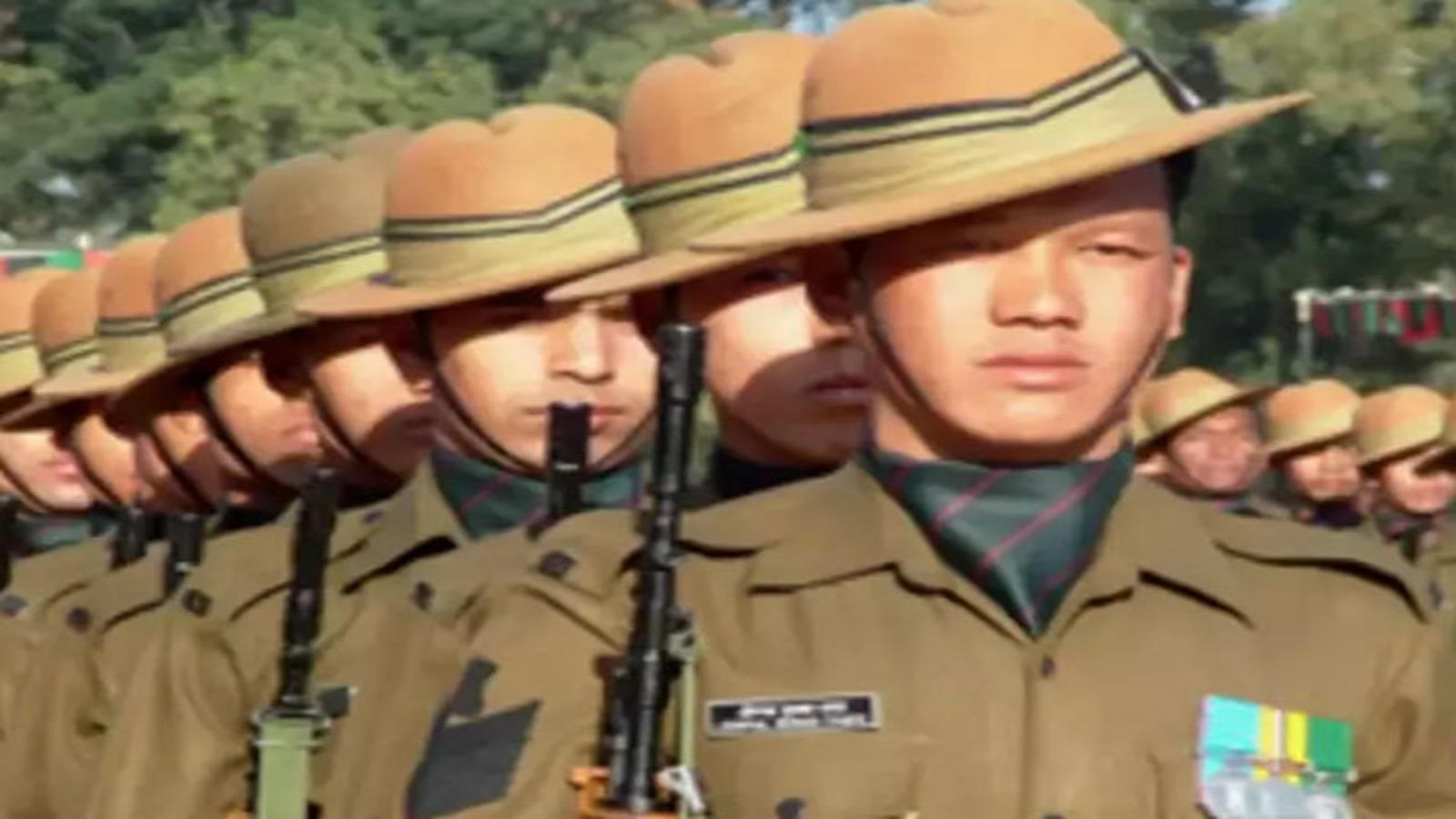KATHMANDU: India’s military connection with Nepal dates back to the reign of Maharaja Ranjit Singh whose army in Lahore enlisted Nepalese soldiers as “Lahure”.
It should also be noted that the British-India had raised the first battalion of the Gurkha Regiment as “Nasiri Regiment” in April 1815.
Meanwhile, by the time the First World War started, as many as 10 Gurkha regiments were in the British-Indian Army.
When India got independence, these Gurkha regiments were divided between the Indian and British armies as per the Britain-India-Nepal Tripartite Agreement signed in November 1947.
It should be noted that six Gurkha regiments with a lakh-odd soldiers came to India, and later raised another regiment called 11 Gurkha Rifles.
During the time of independence in India, British Gurkhas became Indian Gorkhas and for the first time, officered by Indians.
It sho9uld also be noted that a tripartite agreement of 1947 between the UK, India and Nepal regulated the recruitment, pension, pay, and terms of service of Gorkhas.
The Gurkha regiments volunteered to join the Indian Army, growing to 43 infantry battalions plus an artillery regiment and a mechanized battalion.
Previously, the recruitment was done from Nepal, but it reduced to the current 60 per cent while the remaining 40 per cent are Indian-domiciled Gorkhas.
Can a Nepali join the Indian Army?
A Nepali can join the Indian Army, both as an officer or a soldier (jawan) after taking the NDA or CDS exams.
Col Lalit Rai, who received a Vir Chakra for the bravery of his battalion, the 1/11 Gurkha Rifles, during the Kargil war has bene one such officers of Nepali descent.
Meanwhile, the Nepali Army (NA) also sends its officers for training to India’s combat colleges and military academies.
Likewise, the tradition of honoring the Chief of the Nepali Army dates back to 1972 when then Field Marshal Sam Manekshaw, a Gurkha regiment officer, also known as Sam Bahadur by his troops, was made the honorary chief of the Nepal Army.
Ever since, the Army chief of India becomes the honorary chief of the Nepali Army and vice-versa.
Joint exercises
Joint military exercise between the two armies is an annual event conducted alternatively in Nepal and India.
This is an important exercise in terms of the security challenges faced by the countries.
According to a chapter of a book written by former Army Chief Gen VP Malik (Retd), ‘India’s Military Conflicts & Diplomacy’, India’s military connection with Nepal goes back to the reign of Maharaja Ranjit Singh.
The Gurkha regiments, which have as many as 35 battalions, recruit a large number of troops from Nepal.
The Gurkhas are fiercely proud of their war cry ‘Jai Maha Kali, Ayo Gorkhali’, and the khukri.
They also enjoy the same benefits as the Indian troops both during service and after retirement.
They receive the same medical facilities as the Indian soldiers. Sometimes, medical teams from the Indian Army tour Nepal. The Indian Army also runs welfare projects in some villages of Nepal.









Comment